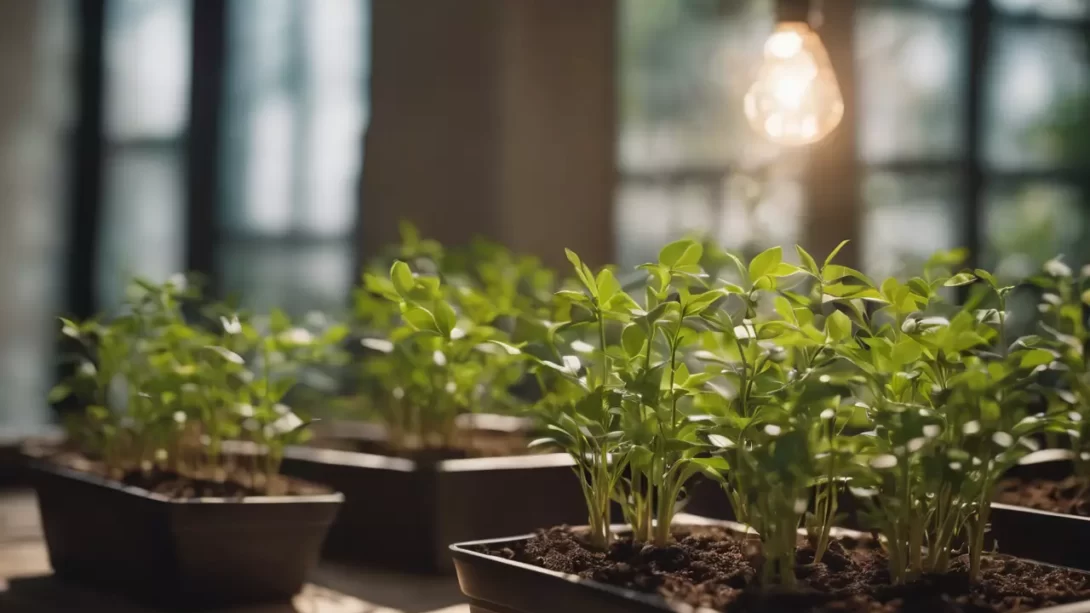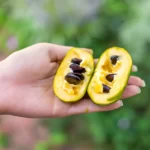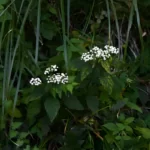Nurturing seedlings in their initial stages of growth is a critical step in gardening. During this early phase, one of the most important factors influencing their development is light exposure. Adequate lighting is crucial for healthy growth and development, preventing issues such as legginess or weak stems. This section introduces the basics of seedling care with a focus on the role of light, outlining why it’s essential and how it impacts young plants.
Seedlings, in their early stages, require a delicate balance of warmth, moisture, and light. Light, in particular, plays a pivotal role in photosynthesis, the process by which plants convert light into energy. Without sufficient light, seedlings cannot develop the strong, sturdy stems and vibrant leaves they need to thrive. Understanding when and how to provide this light is key to raising healthy, robust plants.
Seedling Light Requirements
Light influences seedling growth in several ways. The right amount and type of light can ensure robust growth, while insufficient light can lead to weak, elongated, and unhealthy plants. Seedlings generally need bright, indirect light. Direct sunlight can be too intense, causing damage or dehydration, but weak light can lead to spindly growth as seedlings stretch towards the light source.
Different light spectrums also play a role in plant development. For instance, blue light promotes healthy leaf growth, while red light can impact flowering and fruiting. Natural light usually provides a full spectrum, but when using artificial lighting, it’s important to choose a spectrum that matches the needs of your specific plants.
When to Introduce Seedlings to Light
The timing of introducing light to seedlings is crucial. Generally, seedlings should be placed under light as soon as they emerge from the soil. This early exposure prevents them from becoming ‘leggy’ – a term used to describe seedlings that stretch too tall in their search for light.
The signs that seedlings are ready for more intense light include the development of their first set of true leaves, which appear after the initial, simpler seed leaves (cotyledons). It’s also important to consider the specific light requirements of different plant species, as some may need more or less light than others. Adjusting the duration and intensity of light exposure according to these needs is essential for optimal growth.
Setting Up Your Grow Light System
Choosing and setting up the right grow light system is pivotal for the healthy growth of seedlings. There are several options available, each with its own set of benefits. LED (Light Emitting Diode) lights are energy-efficient and emit less heat, making them a popular choice for indoor gardening. Fluorescent lights, especially T5 and T8 bulbs, are another common choice due to their even light distribution and lower heat output.
The setup of your grow lights is as important as the type of light used. The lights should be positioned directly above the seedlings to encourage upright growth. The ideal distance between the lights and the seedlings varies, but a general rule is to keep them about 2 to 4 inches above the plants. This distance may need to be adjusted as the seedlings grow to prevent scorching the leaves while ensuring they receive enough light.
The duration of light exposure is another critical factor. Seedlings typically require about 14 to 16 hours of light per day. This simulated long day encourages faster, healthier growth. A timer can be a helpful tool to ensure that seedlings receive a consistent amount of light each day.
Monitoring and Adjusting Light Exposure
Regularly monitoring your seedlings’ response to the light is crucial. Seedlings that are not receiving enough light will often become leggy, stretching towards the light source, and may have pale green or yellowish leaves. On the other hand, seedlings that are getting too much light can exhibit signs of scorching, such as brown or dry leaf edges.
Adjusting light intensity and duration based on these observations is important. If seedlings are stretching, lower the lights or increase the duration of exposure. Conversely, if signs of light burn appear, raise the lights or decrease the amount of time the lights are on. It’s also important to rotate your seedling trays regularly to ensure even light exposure to all sides of the plants.
This process of monitoring and adjusting is ongoing as the seedlings grow. Keeping a close eye on their development and responding to their needs will lead to stronger, healthier plants ready for transplanting.
Transitioning Seedlings to Natural Light
After your seedlings have developed a strong root system and several sets of true leaves, it’s time to start thinking about transitioning them to natural light. This process, known as hardening off, is crucial to prepare the plants for the harsher conditions of the outdoor environment, including direct sunlight, wind, and varying temperatures.
Begin the hardening off process by gradually exposing your seedlings to outdoor conditions. Start with just an hour of outdoor time in a shaded, protected area and gradually increase the duration over the course of a week or two. Be mindful of the weather; avoid putting seedlings outside on extremely windy or very hot, sunny days at first. This gradual exposure helps the plants adjust and reduces the risk of shock, which can stunt growth or even kill young plants.
Timing for moving seedlings outdoors permanently depends on the type of plant and the local climate. Frost-sensitive plants should only be moved outside after all danger of frost has passed. Similarly, understanding the specific light and temperature needs of your plants will guide you in determining the best time for this transition.
Conclusion
Proper lighting is a cornerstone of successful seedling growth. By introducing your seedlings to light at the right time, setting up an effective grow light system, and carefully monitoring and adjusting light exposure, you can nurture robust and healthy young plants. Remember, each type of plant might have slightly different requirements, so paying attention to their specific needs is important.
As you gain experience, you’ll become more adept at understanding and responding to the needs of your seedlings. Experimentation and observation are key components of gardening, and each season brings new opportunities to learn and improve. With the right approach to lighting, your seedlings will have the best possible start, paving the way for a thriving garden full of healthy, vibrant plants. Enjoy the journey of watching your seedlings grow and flourish under your care, and look forward to the bountiful results of your efforts.




